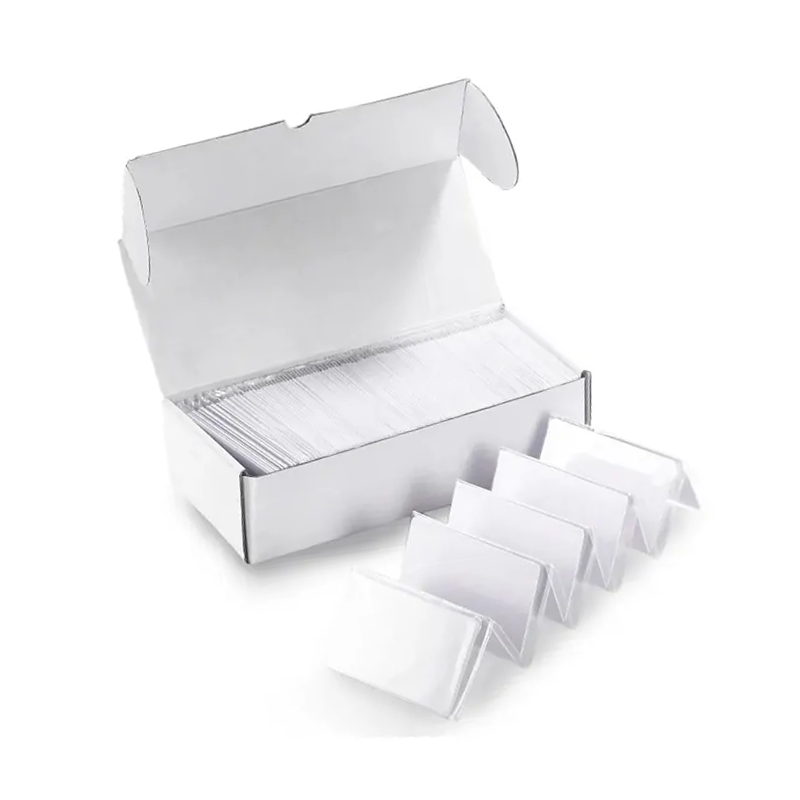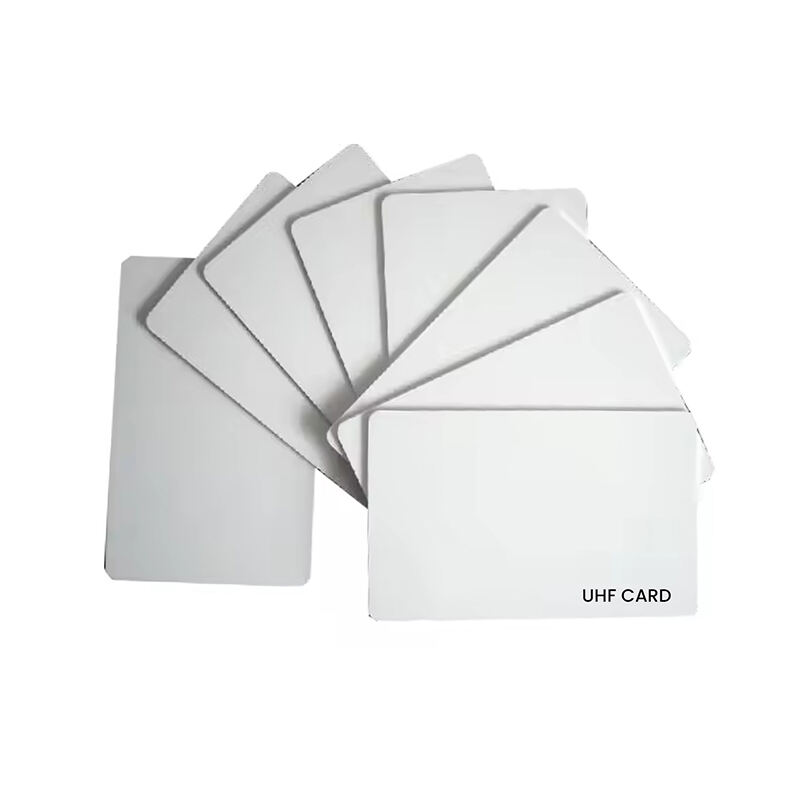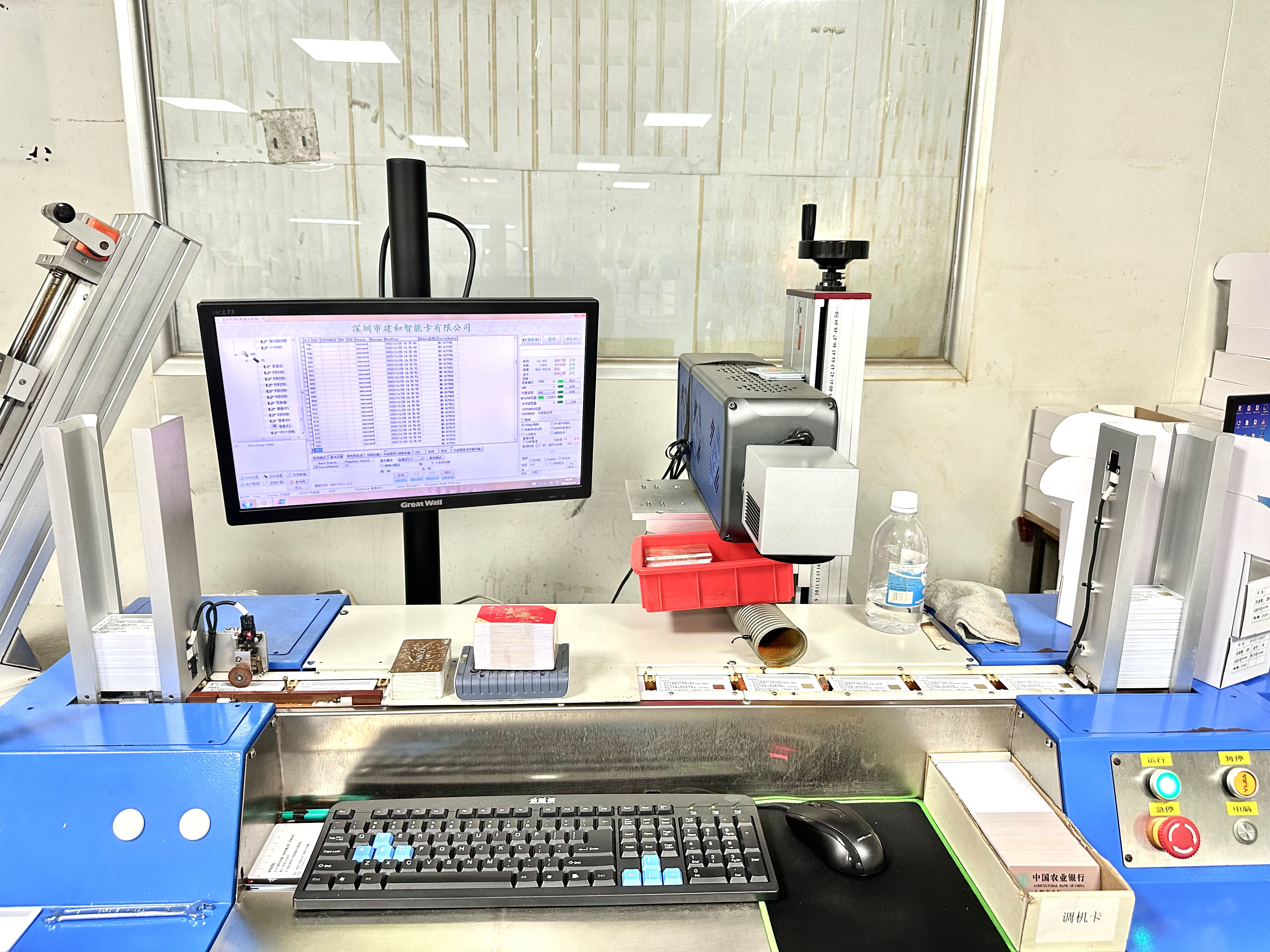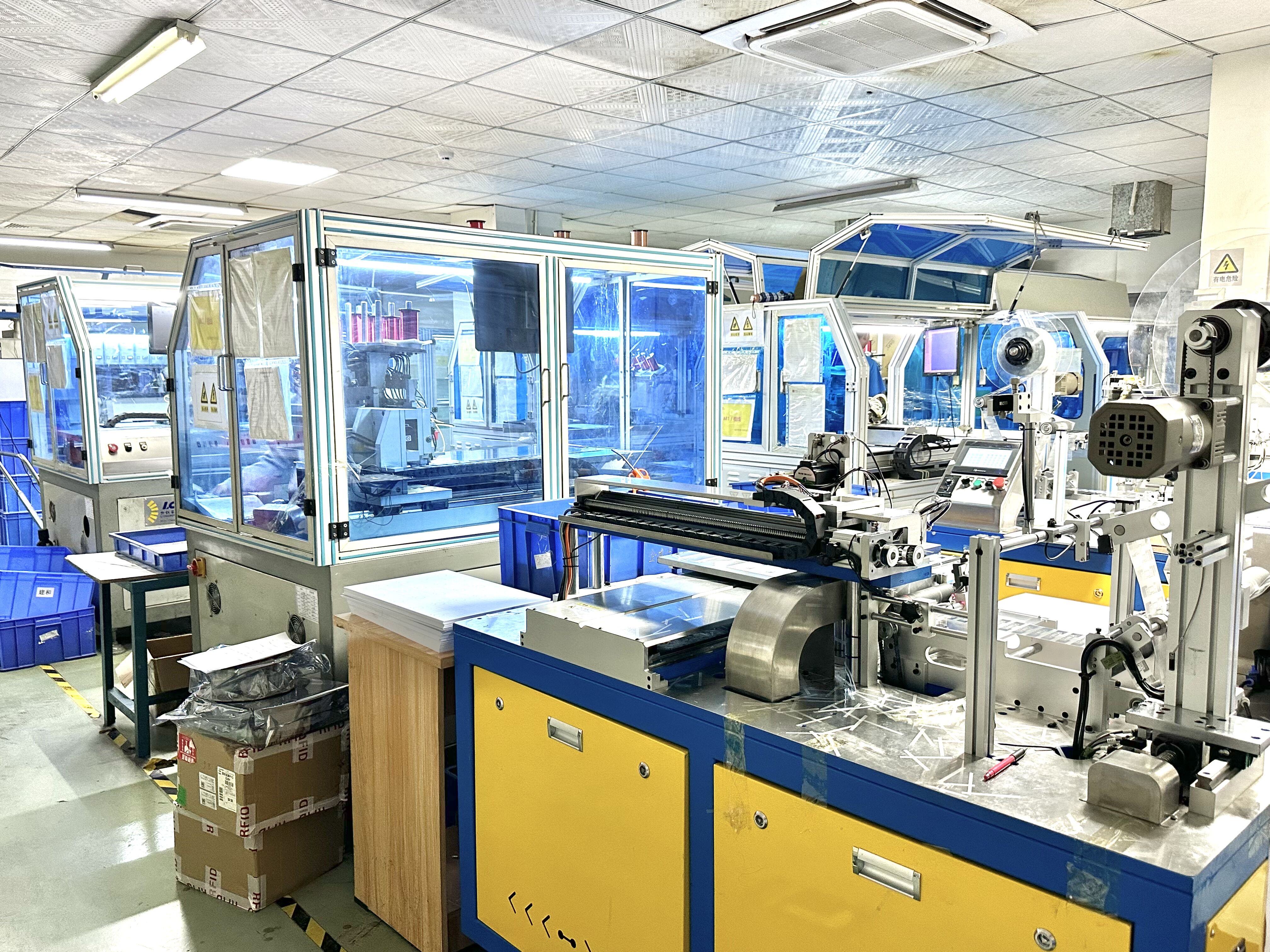Long Range UHF RFID Inlay Labels: High-Performance Tracking for Efficient Asset Management
The Role of UHF RFID Inlay Labels in Modern Asset Management
Overcoming Limitations of Traditional Tracking Methods
Traditional tracking methods, such as barcodes and manual entry, are often fraught with inefficiencies that can lead to significant operational challenges. These techniques are time-consuming and prone to human error, with studies showing error rates of up to 30% in inventory management systems. This margin of error can lead to misplaced assets, inaccurate stock levels, and delayed operations, which can ultimately affect business profitability. With UHF RFID technology, these challenges can be significantly mitigated. By automating data collection, UHF RFID provides real-time visibility and accuracy, essential attributes for large-scale logistics and inventory systems. For instance, environments transitioning from barcode systems to UHF RFID have reported reduced operational costs and improved accuracy rates, demonstrating the technology's capability to streamline operations and enhance efficiency.
Advantages of UHF Frequency for Long-Range Scanning
UHF RFID technology operates within the 860-960 MHz frequency range, which enables longer read distances compared to LF and HF RFID technologies. This capability is crucial for scanning multiple tags simultaneously, reducing bottlenecks and enhancing operational throughput. The reduced line-of-sight requirements of UHF technology mean it can effectively manage assets in environments with high-volume, fast-moving goods. Research has shown that UHF systems can achieve read ranges up to 12 meters in optimal conditions, which significantly aids in streamlining operations across wide areas. This long-range scanning ability is especially beneficial for industries with expansive inventory spaces, as it enhances tracking efficiency while minimizing manual labor and errors, ultimately driving productivity and reducing operational costs.
Key Features of High-Performance UHF RFID Inlay Labels
Long-Distance Reading Capabilities
The engineering of high-performance UHF RFID inlay labels is centered on enabling long-distance reading capabilities. This is achieved through advanced antenna designs and chip technology that optimize signal processing. For instance, in supply chain logistics and asset tracking, such technology ensures precise distance readings, significantly enhancing efficiency in large warehouses. Reports indicate up to 30% efficiency gains, as the need for manual data input is minimized. Compliance with standards like ISO/IEC 18000 is crucial for operational effectiveness and interoperability, particularly for retailers who depend on reliable data collection across various platforms.
Multi-Tag Identification and Speed
UHF RFID technology is renowned for its ability to read multiple tags simultaneously, transforming inventory processes by drastically reducing the time required for inventory management. In industries such as manufacturing and retail, multi-tag scanning has shown improvements in inventory throughput by as much as 90%, as cited by industry researchers. Furthermore, with ongoing technological advancements, read speeds have considerably improved, making UHF RFID a competitive choice for businesses operating in high-demand environments where time is of the essence.
Security Features for Sensitive Applications
High-performance UHF RFID inlay labels come equipped with robust security features designed to protect sensitive data. These include encrypted communication channels, anti-tampering features, and secure data storage capabilities. Industry reports highlight the growing importance of security in asset management to prevent unauthorized access and loss, especially in sectors such as pharmaceuticals and defense. Successful case studies showcase the deployment of UHF RFID solutions, where enhanced security measures have resulted in secure and efficient asset management in critical environments.
Long Range UHF RFID Inlay Label: Technical Breakdown
Core Specifications and Compliance Standards
Long range UHF RFID inlay labels boast specific technical specifications that underpin their high performance in varied applications. These labels generally have a customizable size, such as 100mm by 14mm, with antenna dimensions like 70mm by 10mm to fit diverse operational demands. The memory capacity is designed to ensure data retention over significant durations with over 100,000 write cycles and a lifespan exceeding ten years. Durability ratings also include operation in temperatures ranging from -20°C to 65°C. Compliance with international standards is crucial; notable standards such as EPCglobal and ISO/IEC 18000 guide the manufacturing process to meet global specifications, ensuring interoperability and reliability. Industry certifications uphold these standards, certifying RFID tags' adherence to quality benchmarks, essential for gaining trust among potential buyers.
Customization Options for Diverse Needs
Customization in UHF RFID inlay labels is a significant advantage across various industries, including retail and healthcare. Adjustable features cover size, shape, and material options such as coated paper, PET, or PVC, allowing labels to be tailored to specific requirements. Manufacturers play a pivotal role in achieving optimal operational efficiency through collaboration to introduce spray codes, barcodes, and CMYK offset printing as customizable elements. Industry trends highlight benefits such as enhanced brand identity and precise asset tracking through personalized labels, showcasing how these custom designs bridge functional needs with aesthetic values.
Industry-Specific Applications
UHF RFID inlay labels find numerous applications across different sectors, enhancing operational efficiency by reducing stock discrepancies and expediting processes. In retail, these labels streamline inventory management, allowing quick access and troubleshooting. Logistics leverage these labels for effective shipping and receiving processes, resulting in faster turnaround and reduced errors. Healthcare utilizes RFID for patient tracking, providing real-time location and status updates. Emerging trends indicate the expanding deployment of UHF RFID technologies in new sectors, signifying growth potential in asset management solutions and forecasting broader adoption in diversified industries.
Implementing UHF RFID Systems for Optimal Asset Tracking
Environmental Considerations and Tag Placement
Environmental factors such as moisture, temperature, and the type of materials present can significantly impact the performance and effectiveness of UHF RFID systems. Tags may have reduced readability in environments with high moisture levels or extreme temperatures. Furthermore, materials like metals and liquids can interfere with tag communication by reflecting or absorbing radio frequencies. To mitigate these effects, selecting the appropriate tag technology and materials suited to specific environments is crucial.
Proper tag placement is equally essential to maximizing read rate and accuracy. Experts recommend positioning tags in a manner that considers orientation and height above ground, as well as maintaining an adequate distance from other objects that might cause interference. For example, placing tags on the side or top of assets can improve the likelihood of successful reads. These strategies are endorsed by industry leaders and have been reinforced by testimonials from organizations that have optimized their tag placement strategies to enhance RFID performance.
Integration with Existing Management Software
Seamless integration of UHF RFID systems with existing asset and inventory management software is vital for ensuring scalability and improving tracking accuracy. When UHF RFID is effectively integrated, it allows for real-time data capture, providing insights that enable better decision-making and streamlined operational processes. Case studies from various industries illustrate the dramatic improvements achieved after integration, including enhanced tracking accuracy and operational efficiency.
Compatible platforms and technologies play a critical role in this integration. Businesses looking to upgrade their management systems should consider solutions that are capable of supporting UHF RFID capabilities. By choosing platforms that facilitate easy integration and offer extensive support for RFID functionalities, companies can future-proof their infrastructure and better manage their assets. This will not only improve operational efficiency but also position them for long-term success.
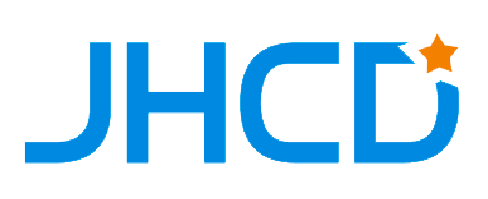
 EN
EN
 RU
RU DE
DE FR
FR JA
JA KO
KO ES
ES IT
IT PT
PT AR
AR
